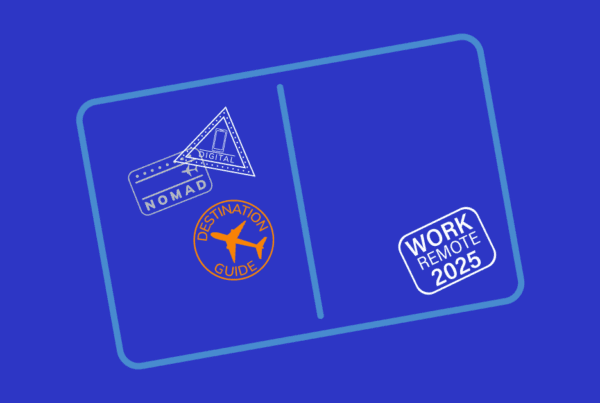
Technology has led to wonderful efficiencies – we literally have access to any type of information (and we mean any) in our pockets.
With just a few finger taps, we can schedule appointments, check in on our homes, communicate thousands of miles away and so much more. It’s incredible when you stop to think of how much we are able to do because of technological advancements.
However, it has created a work culture of “always on,” where bosses expect responses from their employees at all hours or ask why an employee can upload an Instagram Story to your personal account but not help Janet rotate a PDF.
After years of being told business leaders care about work-life balance, employees aren’t buying it. Because the overtime, after-hours emails and calls, weekend work, and expectation that they are “on” during PTO prove otherwise.
As a result, “balance” looks less like a scale and more like an amateur circus performer doing a plate-balancing act for the first time.
Just look how COVID-19 has further tipped the scales. According to an ADP Research Institute global survey, since COVID-19’s outbreak, 39 percent of employees have been working longer hours, 33 percent have taken on additional tasks and 27 percent are working on non-designated workdays.
Additionally, the study found one in 10 workers are now working an additional 20 hours per week for free. A rate that had doubled prior to the pandemic.
It’s no wonder workers are stressed. All the plates they’re trying to balance are falling around them.
We’ve proven we couldn’t handle the balance
Workers have become so jaded to their bosses’ empty words that “work-life balance” has joined the ranks of other cringe-y phrases like “We’re like a family here!” and “team bonding.”
Because there is no balance. Not anymore, at least.
For years, we’ve pushed a healthy work-life balance while expecting employees to come into work sick, go past a 40-hour workweek and answer emails and calls at 9 p.m..
We heard what business leaders were saying, but we rarely saw it in practice. Instead, workers were expected to participate in cheesy wellness competitions and attend after-work happy hours that ate up more of their free time.
The result? A separate pandemic. One called burnout.
In 2019, the World Health Organization officially recognized burnout as an international diagnosis – however, not classified as a “disease” – that is consistent with the following symptoms:
- Feelings of energy depletion or exhaustion
- Increased mental distance from one’s job, or feelings of negativism or cynicism related to one’s job
- Reduced professional efficacy
There is a reason we’re dealing with two pandemics at the moment. Since 1979, the productivity gap has widened. According to the Economic Policy Institute, productivity has grown 3.5 times as much as pay.
“From 1979 to 2020, net productivity rose 61.8 percent, while the hourly pay of typical workers grew far slower—increasing only 17.5 percent over four decades (after adjusting for inflation).”
Simply put: Americans are overworked and underpaid. They also didn’t have the environment and resources to manage their burnout. (No, in-office meditation sessions do not count.)
But then March 2020 rolled around and many workers found a surprising respite.
COVID-19 has made home and work one
With 42 percent of the United States population working from home in 2020, work-life balance went out the window. Work had become life, with people forced to work remotely due to COVID-19 precautions.
After attempting work-life balance and failing, workers got a taste of what a blend really looks like – flexibility. Dishwashers could be run and emptied in between meetings, parents had less stress managing their often-conflicting work schedule and child schedule and the dress code got much more casual.
The result?
Workers LOVED it. And those business leaders expecting their employees to go back to how things were are in for a rude awakening. The work-life-blend discovery was a game changer for workers across the world and they’re refusing to go back to the way things were.
In fact, employees are willing to take pay cuts and even leave their full-time jobs to access that flexibility. A Morning Consult poll of 1,000 American adults found 39 percent would consider quitting if their employer did not offer flexible options.
And that’s on the low side. Comparatively, this FlexJobs survey of 2,100 people who worked remotely due to COVID-19 found 58 percent of respondents would look for a new job if they were not allowed to continue remote work.
A shift has happened and its place in the modern workforce is permanent.
Embrace the blend and you’ll see happier employees
The answer to employee satisfaction is staring business leaders right in the face.
Many, however, are ignoring it.
As COVID-19 vaccinations were administered, CEOs’ egos began inflating. Once crushed by the what-ifs the pandemic brought along, business leaders have adapted and are starting to feel confident. So are the employees. And there are a lot more employees than there are CEOs.
A few high-profile CEOs learned this the hard way. They had set in their minds that their offices would be filled with busy little worker bees for them to supervise and control.
But their confidence is severely misplaced. Because what we’ve learned is the pandemic is not yet over and, with various COVID strains mutating and becoming a bigger threat, workers are prioritizing their health. And not just their physical health, but their mental health as well. And being in an office during a pandemic is not great for either.
Not all CEOs are eschewing what’s best for business, though.
Glassdoor created a list of its highest-rated CEOs during the COVID-19 outbreak. U.S. companies whose CEOs have made the top 10 include Mercury Systems, Sage, Box, Zoom Video Communications, and Power Home Remodeling, to name a few.
Not surprisingly, many of these highly-rated CEOs have flexible work policies in common.
How many times do employees have to repeat their wants before business leaders take flexibility’s benefits seriously?
FlexTal is the #1 flexible talent matching platform. Every day, we match organizations with pro-level independent contractors for flexible hourly and project-based engagements. Match with the Right Pro, Right Now.



